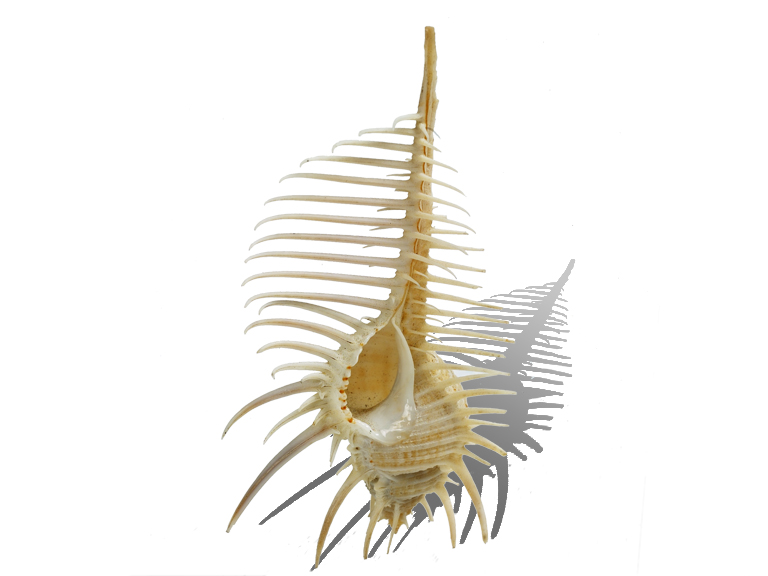These two articles are trying to explained the causes of the famous Cadmium Yelllow used by Vincent Van Gogh and others painters.
In a Van Gogh Painting, the Flowers Are Changing Color
Since Vincent van Gogh painted “Flowers in a blue vase” in 1887, some of the bouquet’s bright yellow blossoms have turned an orange-gray. Conservators first noticed a gray crust on the cadmium yellow paint in 2009 and were puzzled by the discoloration. But, a group of scientists, in a study to be published in the journal Analytical Chemistry, has determined the culprit : Varnish.
Apparently, sometime in the early 1900s a varnish was applied to the painting with the intention of protecting it. “Varnish can become brown with age and thus can give all colors a more dark tone,” Koen Janssens, a researcher at the University of Antwerp in Belgium, told LiveScience. But the van Gogh discoloration was different.
Xenon Lamps—Not LED Lamps—Caused Degradation of Van Gogh Paintings
Fremont, CA| January 16, 2013
Recent press reports of a University of Antwerp in Belgium study regarding degradation of specific lead-chromate yellow pigments used by certain painters in the 19th and 20th centuries have been, loosely and irresponsibly, associated with LED lighting.
The degradation studies [Monico et al., Anal. Chem., 2013, 85 (2), pp 860–867] in fact employed a high-intensity Xenon lamp (Cermax 175W) as the photo-excitation source. Xenon lamp spectra are vastly different than those of white-emitting LEDs for illumination, with the Xenon lamp including significant amounts of ultraviolet (UV) light in the UV-A, UV-B, and UV-C wavelength regimes. Degradation was observed under intense (more than 1000x than conventional illumination) irradiation when the Xenon lamp was used in conjunction with a so-called “blue” filter passing wavelengths between 335 nm (UV-A) and 525 nm (green), which is in fact about five times broader than the blue wavelength regime. Degradation was more pronounced when a UV filter (240-400 nm) was used, or with no filter at all.
Photo-oxidation effects are more probable as excitation wavelength gets shorter and it is very plausible that the degradation observed by the researchers at University of Antwerp is caused by UV-A light leaking through the “blue” filter they employed. In contrast, LEDs (including SORAA VIVID LED MR16 2700K, for example) emit essentially no UV-A emission, more than 100,000x less than the filtered Xenon lamp used in the University of Antwerp studies (see chart below).
 Regard sur l’image
Regard sur l’image
